
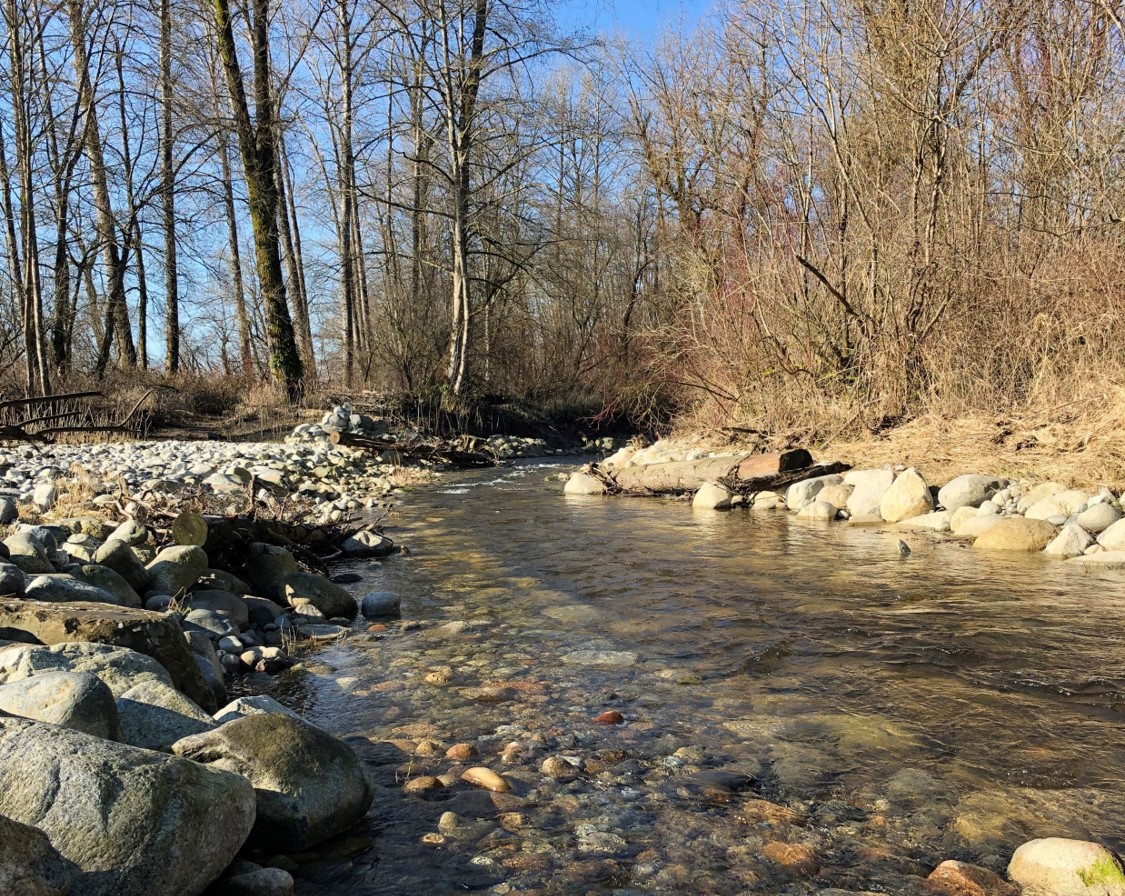
In 2016, McMillan Island was undergoing significant bank erosion at the east end caused by the Fraser River. To protect the island from further erosion, Kwantlen First Nation (KFN) received authorizations to armor 1.7 km of the bank with rip rap, protecting the bank and safeguarding people; however, adding rip rap results in the loss of habitat. To balance people and nature, offsetting compensation projects to restore fish habitat were completed at 3 sites by KFN. FVWC's role was to support KFN with aspects of planning and construction and complete effectiveness monitoring to ensure the habitat's support culturally, recreationally, and aboriginally important fish species and floodplain ecology as intended.
The 3 sites include:
1. George's Creek
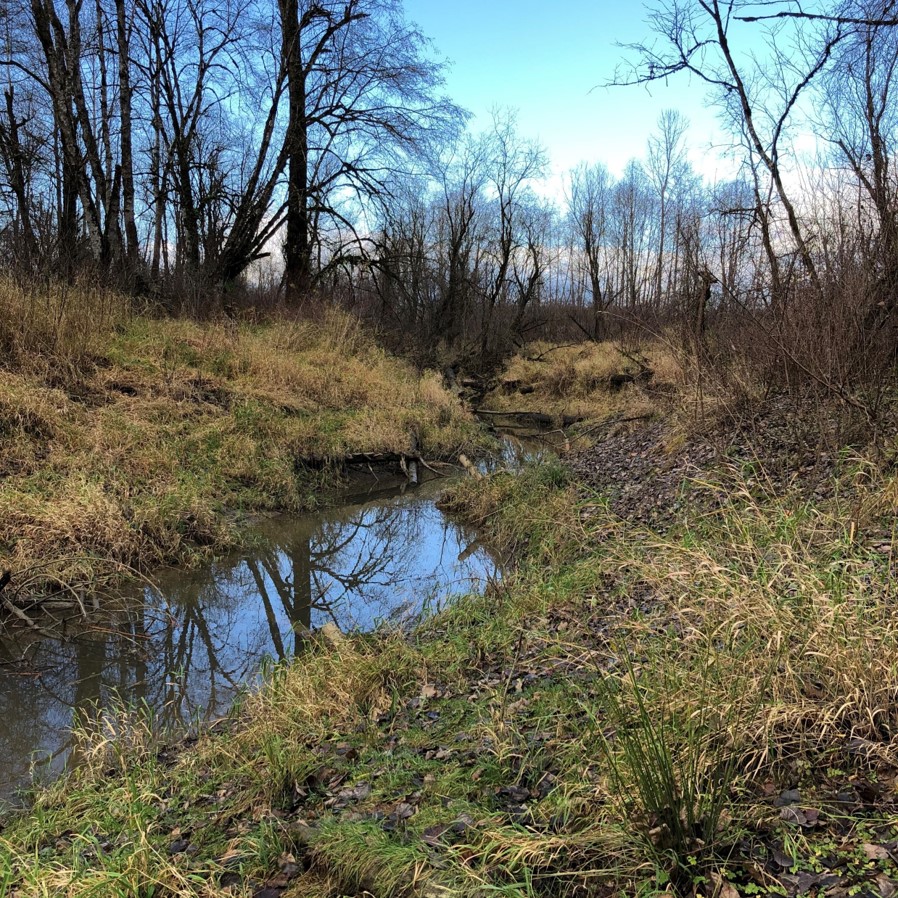
photo credit: FVWC
description: A section of George's Creek on McMillan Island.
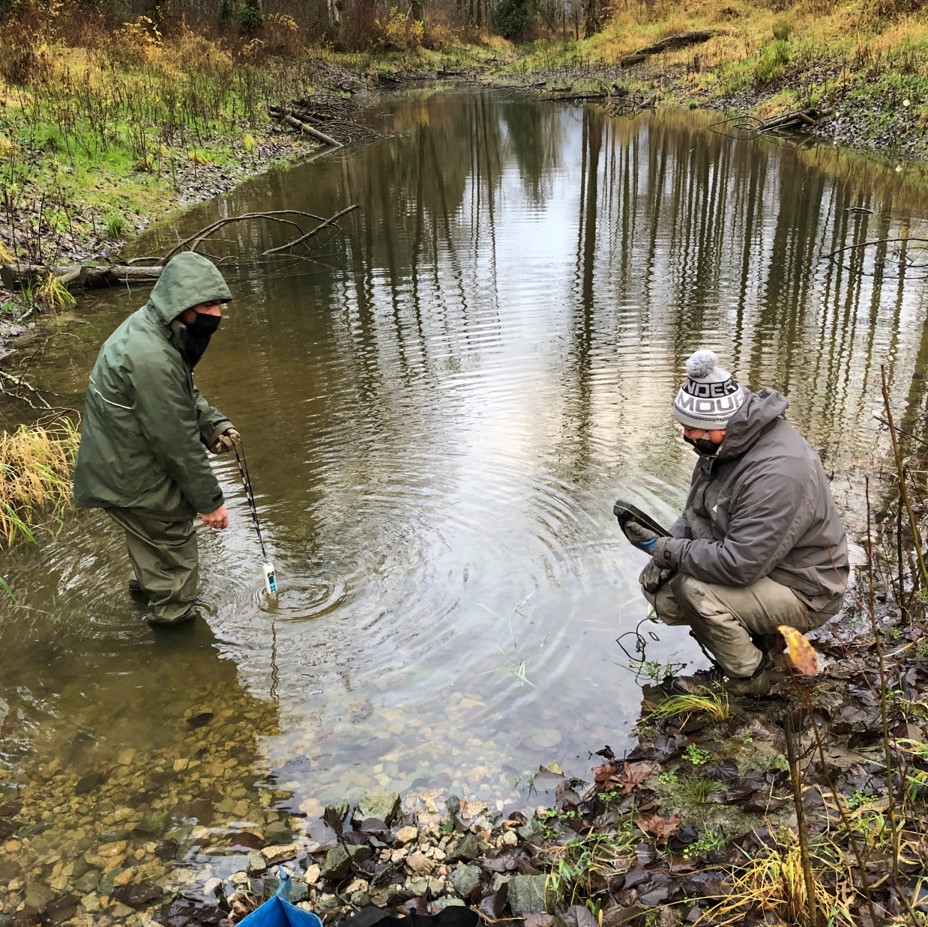
photo credit: FVWC
description: KFN and FVWC technicians monitor water quality in George's Creek on McMillan Island.
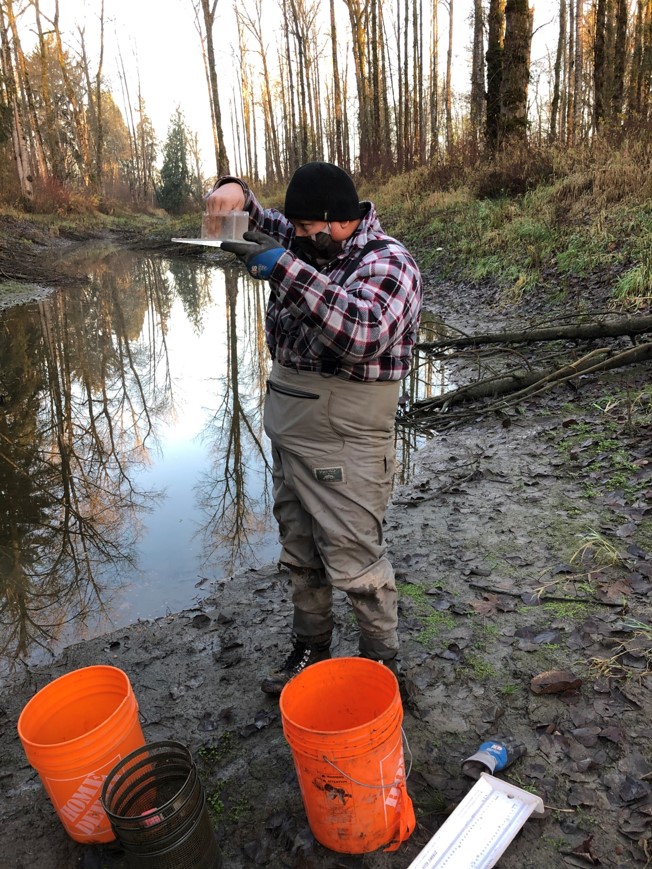
photo credit: FVWC
description: KFN and FVWC technicians measure the length of fish caught during monitoring efforts in George's Creek on McMillan Island.
Summary of Activities

Monitoring - "Taking nature's pulse"

2. McMillan Island East Riparian Area

photo credit: FVWC
description: Planted and maintained riparian area of McMillan Island East. Note the cattle exclusion fence protecting the area from grazing cattle.
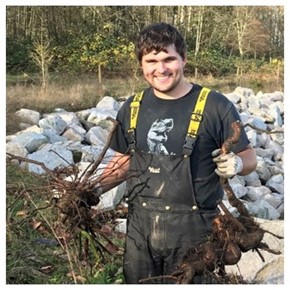
photo credit: FVWC
description: FVWC technicians dig out Himalayan blackberry. Check out the size of those roots!
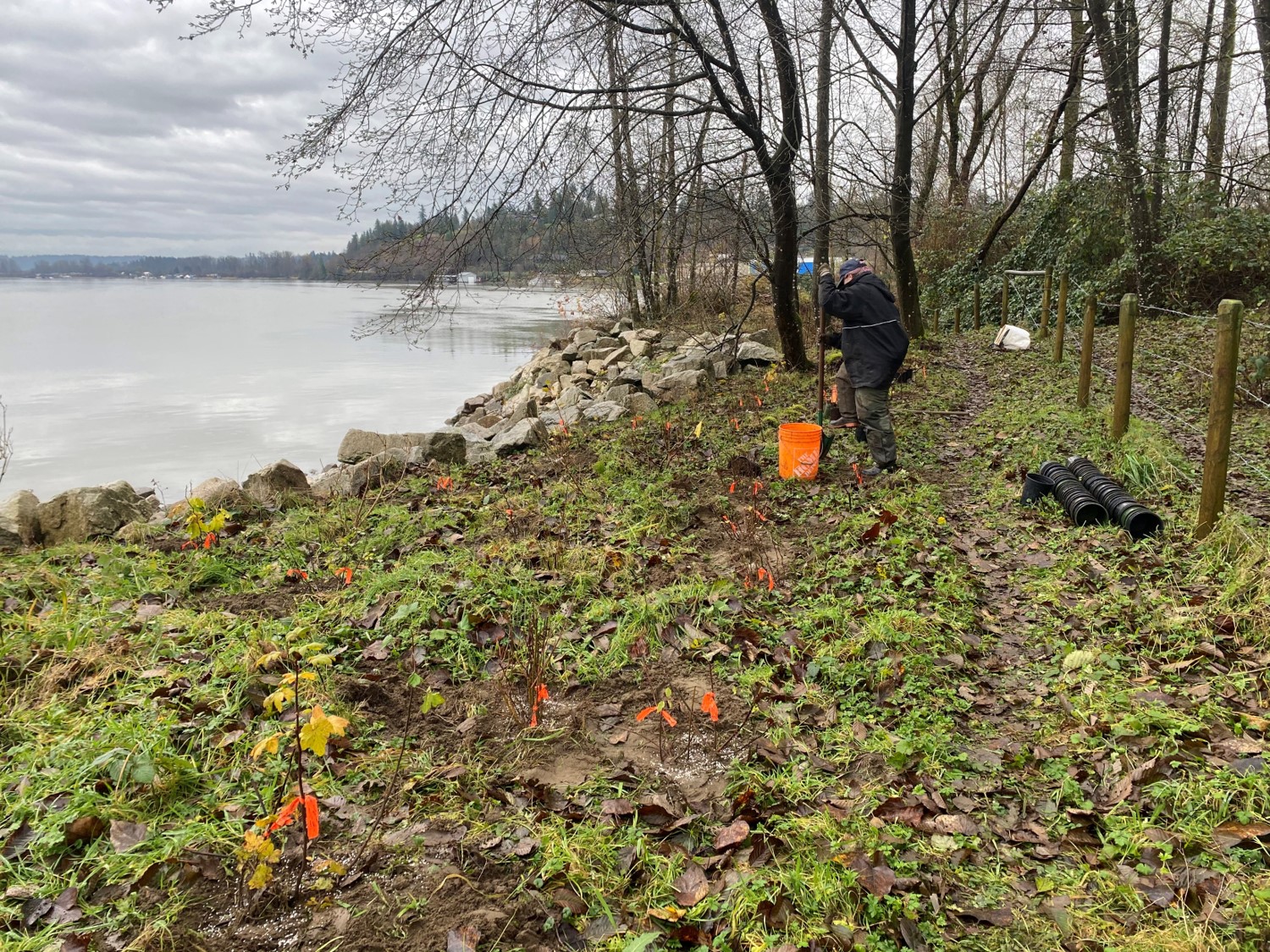
photo credit: FVWC
description: FVWC technicians plant native trees and shrubs in the maintained riparian area along the eastern tip of McMillan Island.
Summary of Activities
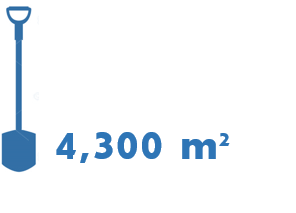

3. Whonnock Creek
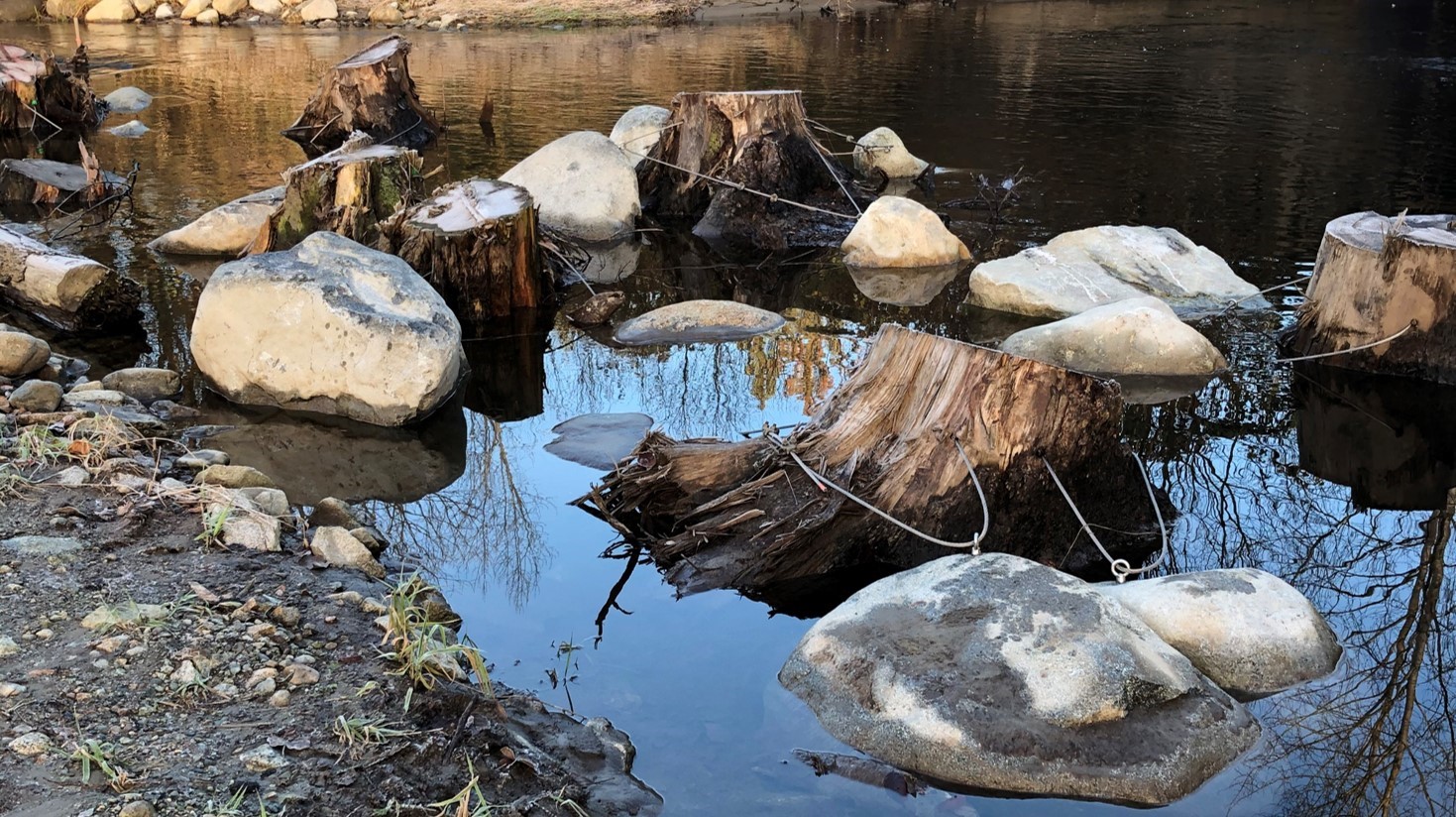
photo credit: FVWC
description: Large wood and rootwads were added to Whonnock Creek to create complex habitat for fish and other aquatic life.
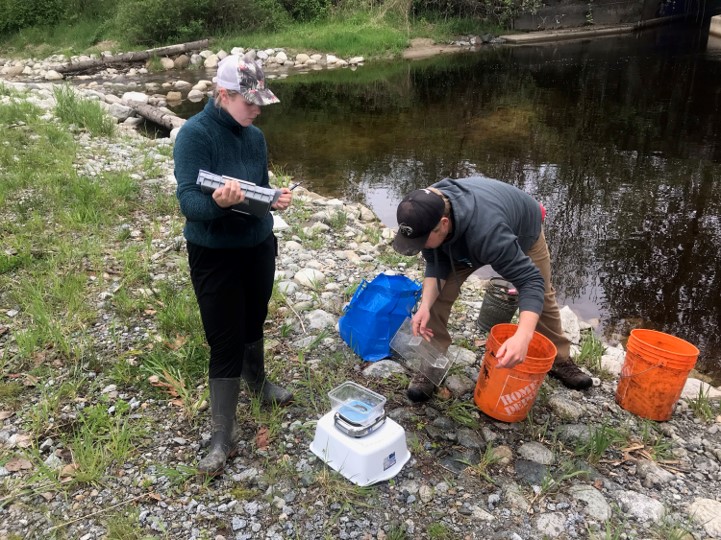
photo credit: FVWC
description: FVWC and KFN technicians check fish traps and record the weight and length of salmonids in Whonnock Creek.
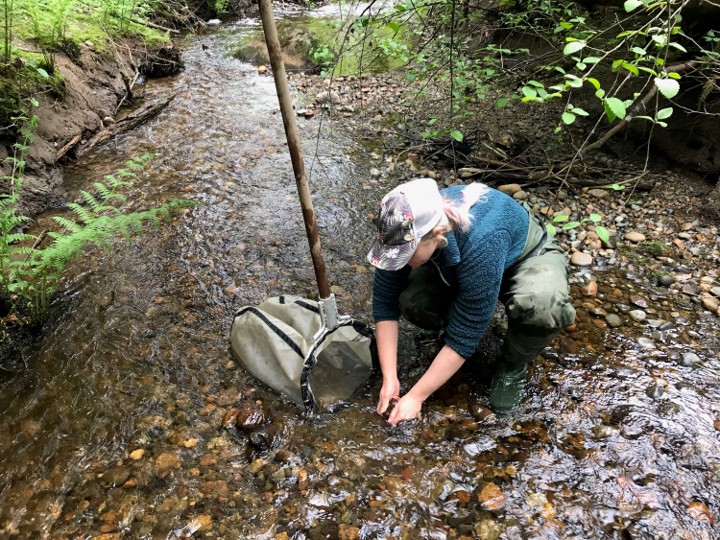
photo credit: FVWC
description: FVWC and KFN technicians collect aquatic invertebrate samples from Whonnock Creek as a measure of stream health.
Summary of Activities
Monitoring - "Taking nature's pulse"

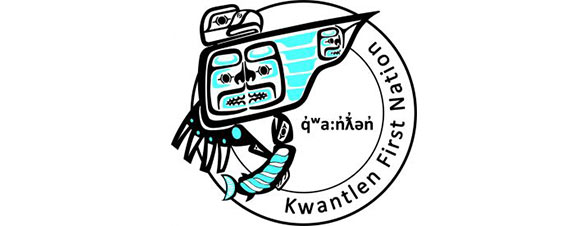
This is a block of text. Double-click this text to edit it.